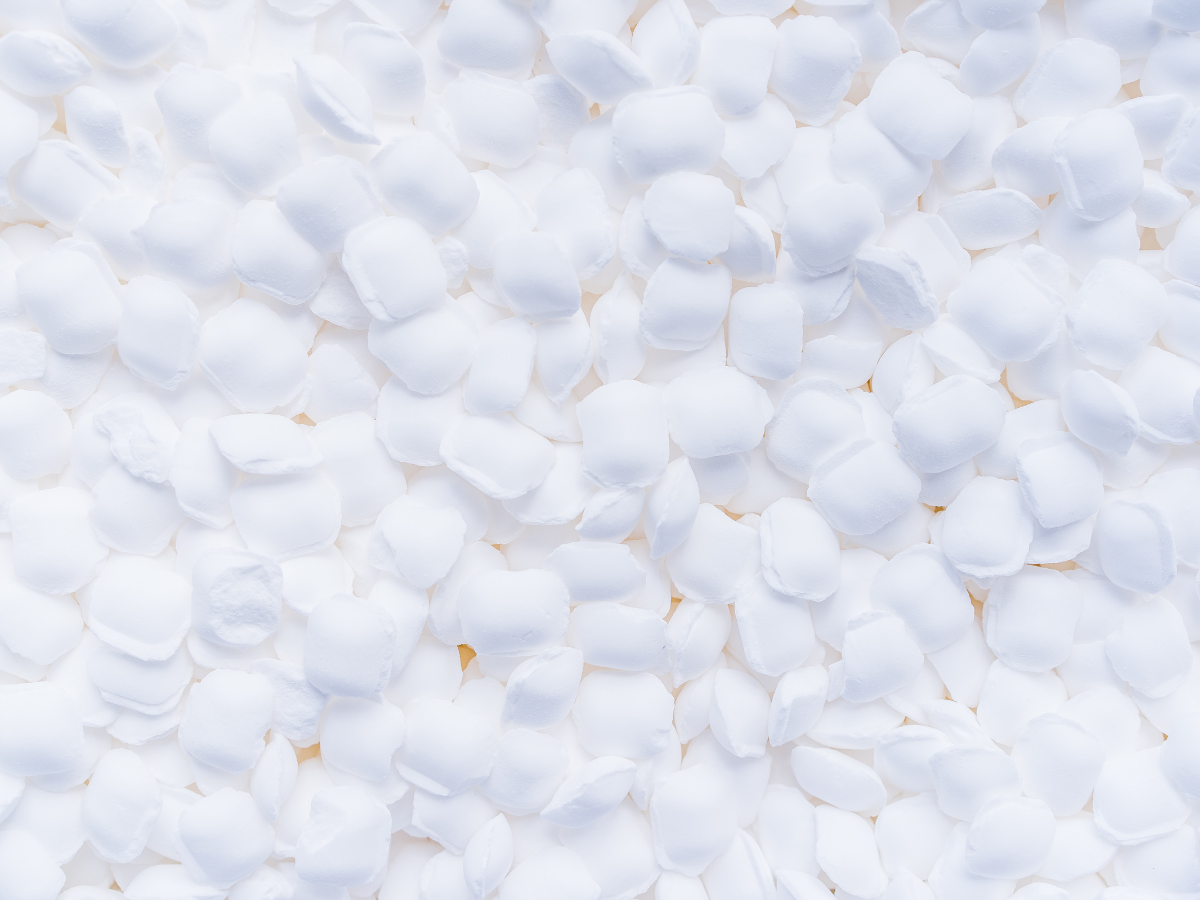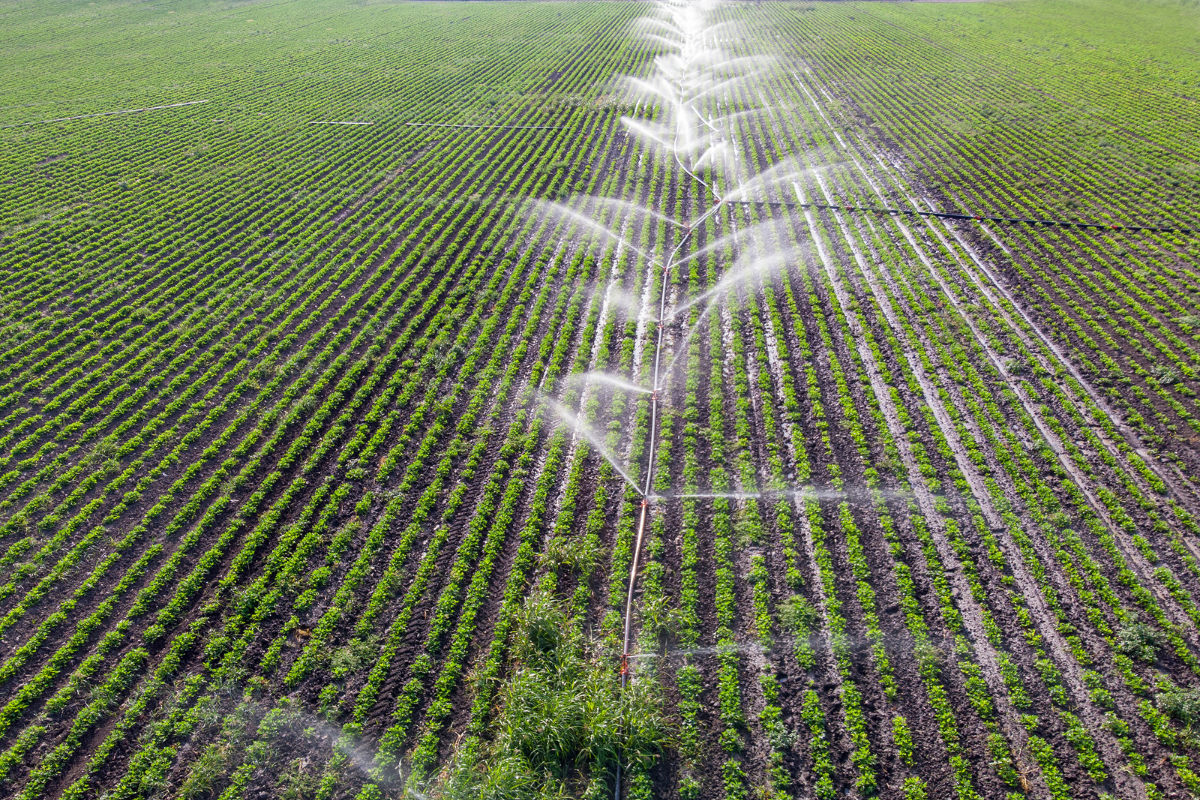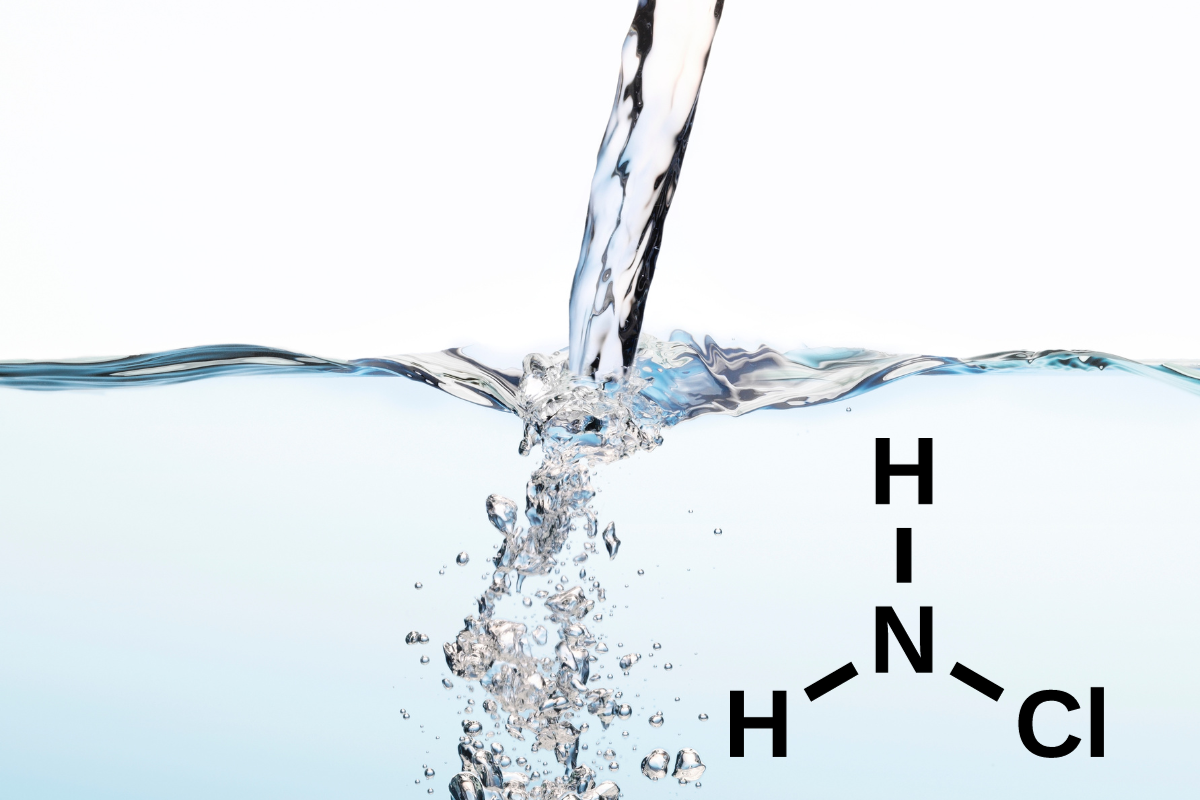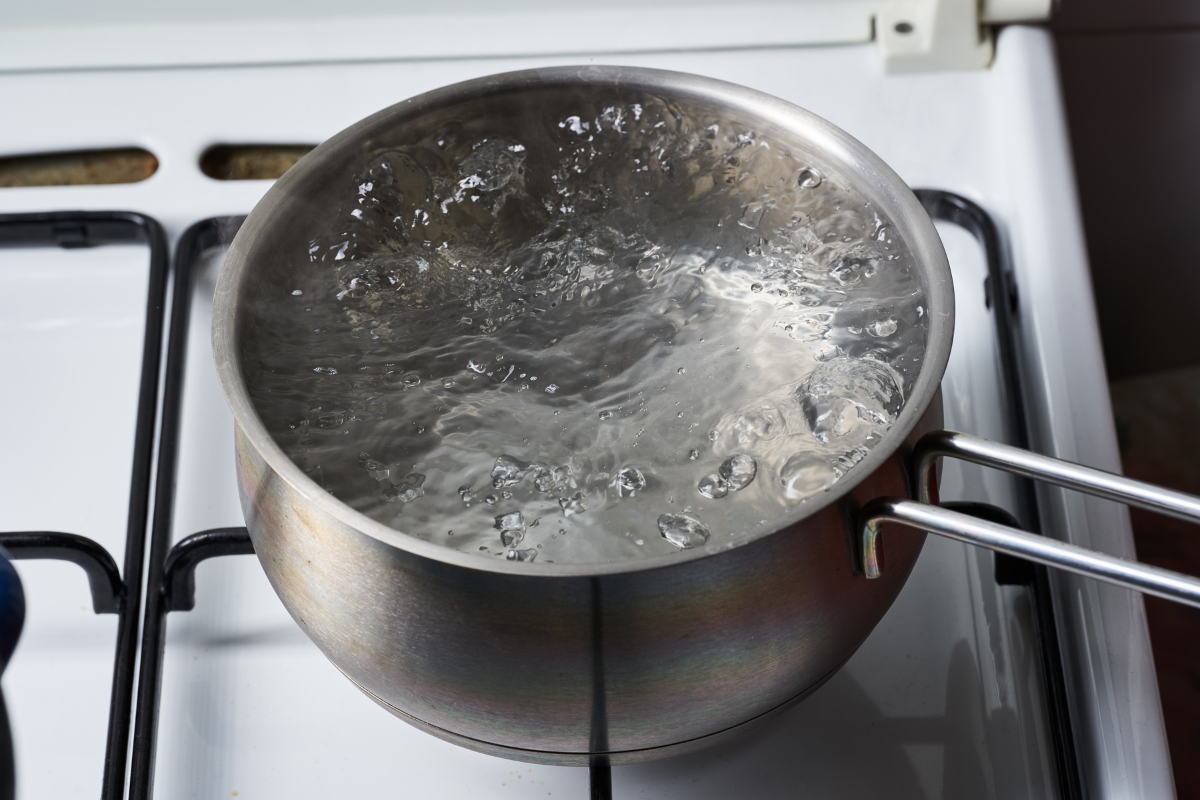What Size Water Softener Do I Need?
Adding a water softener to your home is an important step toward ensuring clean water for your family. In order to achieve the maximum benefit from your system, however, you need to install the correct size water softener for your home. You don’t want a softener that is too small and cannot adequately soften the volume of water you require; on the other hand, you don’t want to overpay for a softener that is too big and adds to utility costs. Read our guide for how to size a water softener to help you choose the right one.
How to Properly Size a Water Softener
Step 1: Calculate Daily Softening Requirement
The first step in finding the right size water softener is fairly obvious: you need to determine how much hardness you need to remove on a daily basis. This is called your “daily softening requirement,” and it is calculated based on your water hardness and your water usage.
How to Determine Your Water Hardness
Water “hardness” is the amount of dissolved calcium and magnesium present, and it is usually measured in grains per gallon GPG or milligrams per liter (mg/L). Many water reports also express hardness in terms of “parts per million,” or ppm. 1 ppm is equivalent to 1 mg/L, so you can use those units interchangeably.
If you have city water, you can find your hardness on the city’s annual water report. With well water, you can use a water testing kit or consult with a water professional. We would recommend the latter to be sure you have an accurate measurement.
Most water softeners will need your measurement in GPG. If you need to convert mg/L or ppm to GPG, divide your number by 17.1. For example, the 2023 water quality report for the
city of Aurora (see below) shows an average hardness of 122 ppm (mg/L). Divide this number by 17.1, and you will get about 7 GPG. That is your water hardness number.
How to Calculate Your Water Usage
Next, you'll need to calculate your household's daily water usage. This includes all water-consuming activities such as bathing, cooking, cleaning, and laundry. You can typically find this information on your water bill. If daily usage is not specified, divide the total water usage by the number of days in that billing cycle.
If your water comes from a well, you will need to conduct a water audit using your water meter. Read the meter at the same time over the course of two days, or over a longer period and calculate an average.
Like hardness, water usage may also be expressed in various units. Ultimately, you will need a number in gallons. Use the following conversion table to help you:

Get Your Daily Softening Requirement
Now you are ready to calculate your daily softening requirement. Once you have your daily water usage in gallons, multiply it by the hardness level of your water in GPG to determine the grains of hardness that need to be removed each day.
Let’s say you determine your home uses about 300 gallons of water per day. Using our example from above (city of Aurora), we will multiply that number by 7 GPG. The resulting number is 2100 grains of minerals per day, which is our daily softening requirement.
Step 2: Determine Regeneration Frequency
Water softeners regenerate by flushing out the accumulated minerals and recharging the resin bed. The regeneration frequency depends on the capacity of the water softener and the hardness of your water. That being said, most softeners are sized so that they regenerate once every seven days. This is frequent enough to refresh the resin beads, but not so often that it causes premature wear on the valve.
Assuming our softener regenerates once a week, we will want to multiply our daily softening requirement by 7:
2100 x 7 = 14,700 grains per week
Thus, we need a softener that can handle 14,700 grains of minerals prior to regenerating every seven days.
Consider Water Softener Efficiency
The number we calculated in the last step (14,700) is the grain capacity we will need for our softener. You can find this number specified on the model. However, it is not always as simple as matching your capacity requirement to the number on the label.
Different water softeners can vary wildly in the amount of salt needed to achieve their grain capacity. The amount of salt needed will be based on both the type of salt you use and the size of the resin bed. The larger the bed and the higher quality the salt, the less will be needed to accomplish the stated grain capacity. While you don’t want a larger softener than is absolutely necessary, you also will want to strike a balance between efficiency and demand.
Consult with a Professional
In the end, a water softener is a worthy investment that will instantly improve the taste and quality of your water. You will have peace of mind knowing that your water is free of hard minerals while also saving on utilities and avoiding damaging and unsightly limescale build up.
Ultimately, it may be wise to consult with a water professional when shopping for a water softener. Not only will they ensure you find the correct size with the best efficiency, they will also recommend which salt to use and offer tips for
routine maintenance to get the most out of your system.
Water Softeners in Denver
In Denver and all along the Front Range, The Water Pros are your top resource for water softeners and advanced filtration systems. We love educating our clients about their options for water purification and are proud to offer some of the most cost-effective systems in the state. Call or go online today to schedule a consultation. New Paragraph









